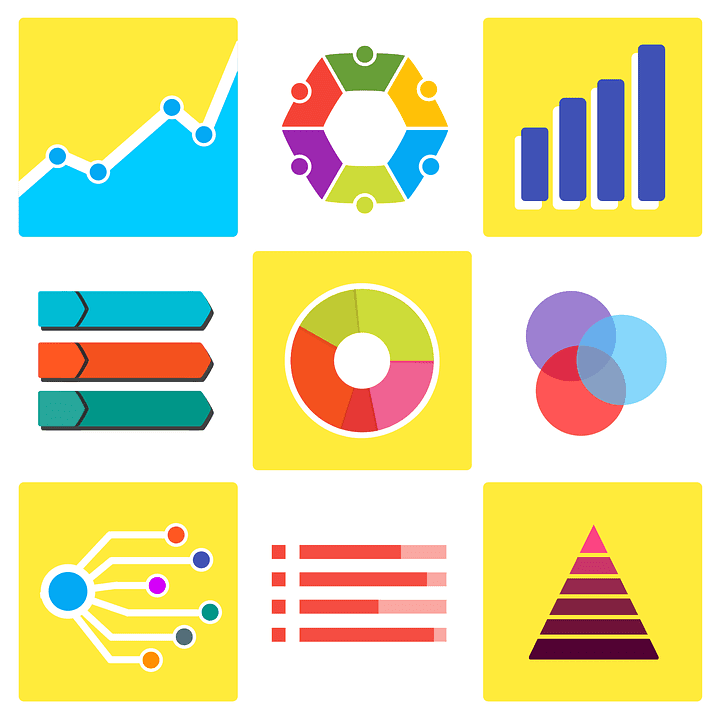Is your company leveraging HR Process Analytics in your human resources processes? HR process analytics is a big part of the overall human resources transformation? Big Data has been an overused buzzword over the past several years. Companies are starting to use analytics to improve processes throughout their organization, such as marketing and operations. Unfortunately, HR is one department that’s easy to overlook. Leveraging analytics throughout your HR processes, however, can have a significant impact on productivity and profitability.
Here are four ways (out of several other possible analytics) you can start using HR Process Analytics to improve your organization immediately:
HR Process Analytics
Recruiting Candidates
Recruiting is one of the most critical HR processes. In fact, studies show that
Organizations that focus on strong hiring processes grow more than three times as fast as companies that don’t.
recruiting has the largest organizational impact of any HR process. Organizations that focus on strong hiring processes grow more than three times as fast as companies that don’t. If you want to start leveraging analytics into your HR department, recruiting is the best place to begin.
There are a variety of tools that allow you to leverage analytics in the HR process, both as stand-alone tools or integrating with your existing ones. Here are some of the most effective:
- JobDiva – a data aggregator that pulls from an enormous database of candidates, allowing you to locate ideal candidates quickly.
- Ultimate Software – used by companies like Walmart, UltiPro HCM analyzes information such as performance reviews, surveys, and length of employment to determine when an employee is likely to leave. This allows you to get an early start on filling open positions.
- Joberate – a social listening tool that pulls information from public social platforms to let you know if a candidate is ideal and when the best time to make them an offer is.
Retaining Talent
Employee retention is just as important as recruiting the right employees in the first place. If you’re not able to keep your best talent, finding them in the first place isn’t nearly as valuable. Luckily, predictive analytics can have an enormous impact on retention. Xerox, for example, developed a model that helped them reduce turnover in their call center by 20%. Given the typically high turnover in a call center, this is an enormous impact.
A good predictive analytics program, such as the UltiPro mentioned above HCM by Ultimate Software, analyzes historical information to find any patterns that
A good predictive analytics program, such as the UltiPro referred to above HCM by Ultimate Software, examines historical data to find any patterns that lead to turnover.
lead to turnover. More importantly, it can find any changes or shifts in these patterns to identify any new trends. Once this model has been fine-tuned, you’ll know which employees are likely to leave and why they’re likely to do so. If they’re worth fighting for, all you need to do is offer them what they’re looking for proactively – more money, additional responsibilities, or a new promotion. If you can’t provide it to them, at least you’ll know that it’s time to start training their replacement.
Training and Education
In the same way, you should use predictive analytics to retain employees; you can use it to train them, as well. You can implement a predictive analytics solution to figure out which employees are valuable enough to develop further. IBM’s HR Analytics even helps you create personalized training and career development programs. Providing these programs for your future leaders as early as possible makes them more valuable to your organization and gives them a strong reason to stay loyal.

You should also take it a step further by developing a diagnostic algorithm. This will not only tell you when individual employees are about to experience issues; it will tell you why it’s likely to happen. You’ll have the ability to pinpoint where their skill gaps are and retrain them before it becomes habitual. If you’re able to determine any skill gaps that are common enough, you can create company-wide training sessions or recruit to fill that particular gap.
Health Coverage
The annual cost of providing employee health care has consistently risen over the past decade. There are several options to combat these costs. First, you can simply eat the costs, driving profitability down. Second, you can pass the costs onto your employees, creating a less valuable benefits package. Finally, you could choose to select a less expensive health plan, creating an even less valuable benefits package. Unfortunately, none of these options are ideal.
Analytics provides a way to improve your overall wellness plan. Descriptive analytics allow you to evaluate your program, determining if there are any gaps in coverage or benefits that are underutilized. In doing so, you’ll be able to select an efficient health plan that meets each employee’s needs. Prescriptive analytics is especially valuable in the healthcare field. You can evaluate your staff based on age and demographic information to determine if they’re at risk for conditions that could drive your costs up shortly.
It’s important to be careful when analyzing health data. You must ensure employees opt-in and know exactly how their information will be used. When looking at information, you cannot drill down to the point where you can determine whose information you are looking at. For these reasons, it is sometimes best to work with a trusted partner, such as SAS, when analyzing healthcare information.
If your company is leveraging HR Process Analytics? Make sure to leave any advice or questions with a comment below.
Furthermore, please check out CIO Pages HR Transformation Resources for additional information.
